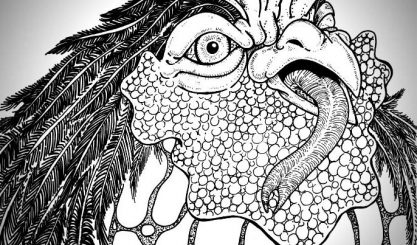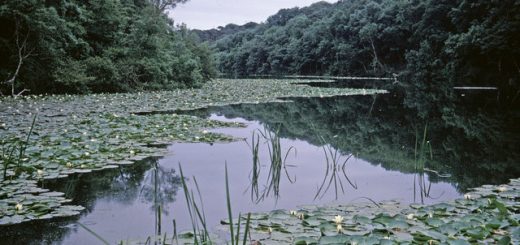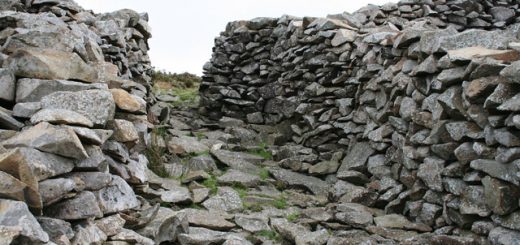Unsworth Dragon
According to ‘Lancashire Legends’ (1873) by John Harland & T T Wilkinson, ‘One of the most noted dragon stories of Lancashire has its locality assigned to Unsworth, a small village or hamlet about three miles from Bury. The principal mansion in this village is occupied by a lineal descendant of the ancient family of Unsworth, who probably derived their name from the homestead they have so long occupied. The house contains little worthy of notice; but it has long been famous for containing an ancient carved oak table and panel connected with a legend attaching to the family. It is said that Thomas Unsworth was the owner of this property when the district was devastated by an enormous dragon, which was not content with its ordinary fare but proceeded to swallow up the women and children. The scales of this dragon were so hard and firmly-set, that bullets shot by the guns of those days took no effect upon the monster; and the owner of Unsworth, finding this the case, loaded his gun with his dagger and mortally wounded the dragon under the throat, as it was raising its head to rush at its assailant. The table is said to have been constructed after this event, and was partly carved by the dagger which had destroyed the reptile. The carvings on the table and panel are somewhat curious. One is a representation of St George and the Dragon, another contains rude figures of the eagle and child, a third the lion and unicorn, and a fourth of the Dragon of Unsworth. The crest of the family consists of a man in black armour holding a battle axe in one hand; and tradition states that this is a portrait of Thomas Unsworth in the dress he wore at the time of the conflict. What may have given rise to the legend it is quite impossible to determine; but an estate was once granted to a member of this family for some important military service, and this may have had something to do with its origin. There are several carvings of the dragon in the possession of the family. One of these resembles a long serpent with the head and wings of a sphinx; another represents the monster as a serpent with the head of an old man; and a third resembles a serpent in folds with stings at the ends of the tongue and tail. The initials “C.V.,” under the head of one of the figures, serve to indicate that the carvings have been executed for one of the owners of the mansion.























Re: Unsworth Dragon
It would be good to try and identify whether Thomas Unsworth was a genuine historical figure and where the mansion mentioned in the above account is or was. However, Unsworth was part of Pilkington, which ceased to be a township since 1894. According to ‘A History of the County of Lancaster: Volume 5’ (1911)’The manor of PILKINGTON was held of the lords of Manchester by the fourth part of a knight’s fee, by a family which took the local name, and its dependence on Manchester continued, at least in name, till the 18th century……Though Unsworth gave a surname to a family which occurs in various other places, it does not seem to have had any prominent residents of that name.